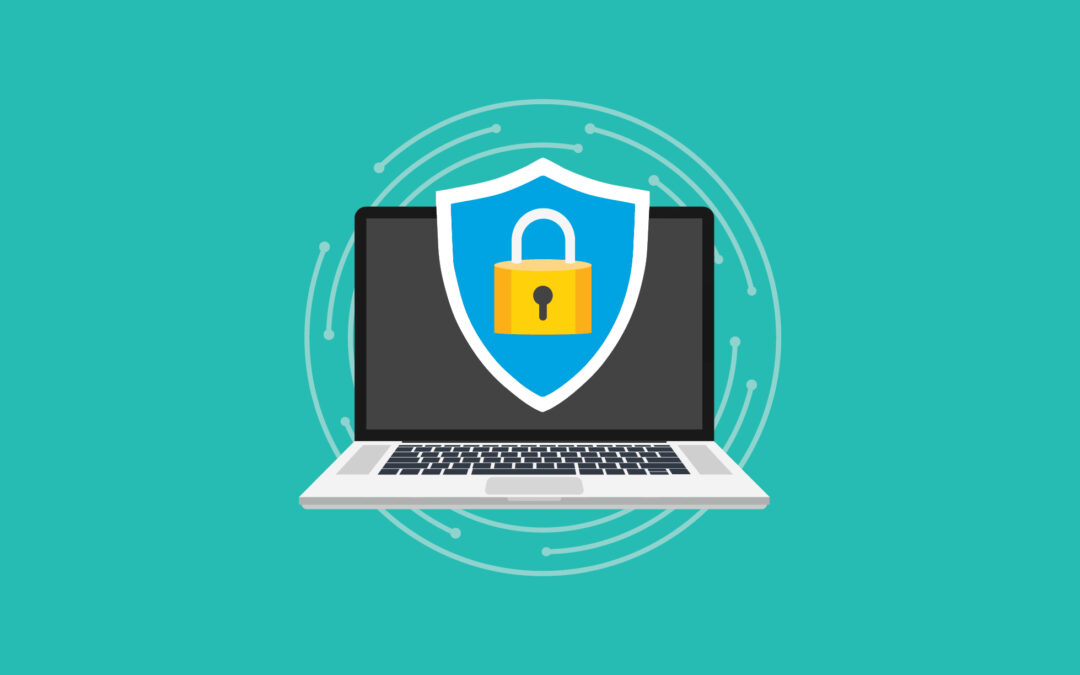Protecting ākonga, safeguarding systems and creating positive digital experiences
A safe digital space isn’t necessarily secure, and a secure one isn’t always safe. Confused? Online safety and security are often used interchangeably – and whilst they’re closely related, there are key differences between the two.
Knowing the right online safety and security principles is crucial for schools and kura. The two concepts have to work in tandem to ensure your ākonga have safer, more positive experiences online.
Here’s what you need to know.
Safety vs security
In broad terms, safety is protecting people and ensuring good digital citizenship in online spaces, while security involves protecting digital systems and data including personally identifiable information.
Good online safety involves educating users on best online behaviours and practices, such as how to identify harmful content before clicking on it, not sharing personal information, and the responsible handling of sensitive data. Training kaiako and ākonga to spot signs of scams, cyberbullying, and misinformation can create a safer online environment for your school.
Good online security is about making sure your devices and networks have robust technical solutions in place to help protect against malicious attacks – such as malware, ransomware, phishing attacks, DDOS attacks and other threats. This means things like a strong firewall, email protection and antivirus software. It’s also about having structures and processes in place to ensure good information management, 2FA, and strong password policies.
While they’re different, safety and security are intertwined. When you set your ākonga up with the skills to navigate online spaces as safely as possible, you’re also protecting your networks – for example, they’ll be less likely to click on an unsafe link or open a phishing email if they’ve been informed about the risks. On the other side, enhancing security makes it less likely for your people to be accidentally exposed to harmful content.
Online safety in schools and kura
Thanks to a fast-moving technology landscape, there’s no way to guarantee full protection from inappropriate content. But you can put structures in place to guard against common threats and keep your ākonga as safe as possible online. Even better, there’s a network of organisations that can help you sort out the details and deal with issues when they pop up.
Safety starts outside the device
Online safety is as much about user behaviour as external safeguards. This means setting rules and guidelines around online behaviour for kaiako, ākonga, and anyone else who accesses the internet through your school’s network. For ākonga in particular, it’s important to develop skills around digital literacy and good digital citizenship.
A good digital citizen doesn’t just know how to access online spaces but knows how to behave when they’re there. They’re aware of risks online and have the critical thinking skills to assess information before accepting it. Most importantly, they use digital platforms to build positive relationships and knowledge.
Schools and kura are already helping their ākonga build those skills through conversations around sending and sharing personal information, bullying and trolling, and what to do if they come across harmful content or feel uncomfortable about an online interaction. Online safety is an important topic with lots of aspects to consider, Netsafe has resources available on their website that include more information to help support schools and kura.
External safeguards
Of course, it’s also important to put tech safeguards in place to minimise risks for ākonga when they’re online. In schools and kura, this can involve your school working with N4L to block and filter inappropriate websites and apps, tracking or monitoring internet use, and perhaps intervening with pastoral care if ākonga encounter harmful or inappropriate material. Also, having safety plans and seeking support from organisations like Netsafe can help schools and kura know exactly how to respond to safety incidents.
Protecting systems with security measures
Once upon a time, downloading antivirus software was enough to protect against most online threats. Now, with a far more complex online environment and constantly shifting technology, cybersecurity has evolved. There’s no single tool that can cover every potential threat, but there are measures that can help make your school’s network more secure, such as:
-
- Ensure your kaiako and ākonga are using unique, strong passwords and two-factor authentication for online accounts such as email. The Ministry of Education also has further information about 2FA on their website.
- Keep software and operating systems up to date across school devices.
- If already not in play, create a practical cybersecurity policy that can be shared with kaiako and ākonga.
- Reduce the risk of threats (such as DDoS attacks) by having N4L’s recommended settings as a baseline level of protection.
- Minimise SPAM and phishing attempts with our Email Protection solution. Email Protection provides an extra level of email security and is fully funded by the Ministry of Education for eligible schools.
N4L can help support the online security of ākonga and kaiako. Our Security team proactively monitors the network and can support your school with mitigation of cybersecurity risks, or remediation of cybersecurity incidents. More information can be found on the Cybersecurity page of our website.
There’s also a range of organisations such as CERT NZ, Netsafe and the Ministry of Education here to help steer your school or kura through online safety and security waters. Here’s a brief guide about who can help you with any issues.
Admins and kaiako have a lot on their plates, and digital safety and security – despite being important – can be just another task on a very long list. That’s why expert advice is so important – it’s about building a network of knowledge and support around your school or kura, and helping minimise safety and security risks.
Need support with digital security and safety in your school or kura? Talk to N4L now.

